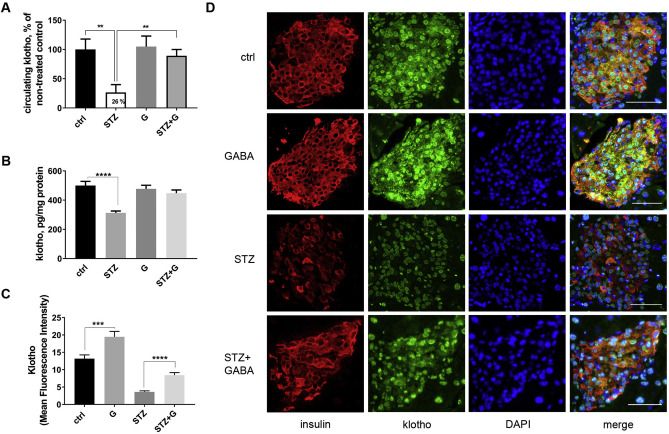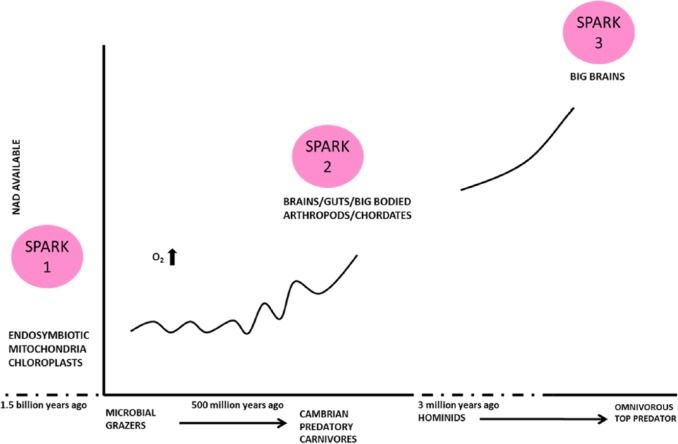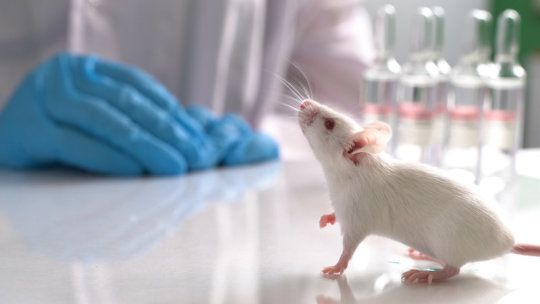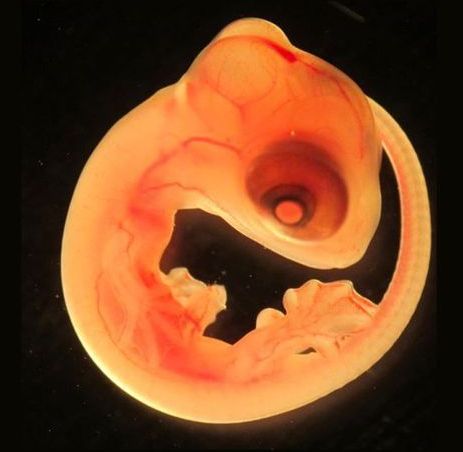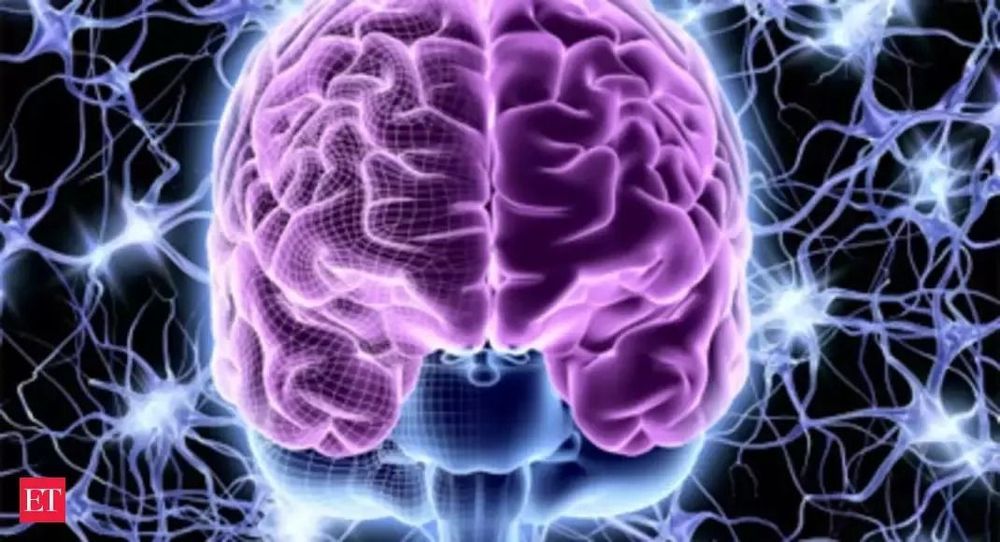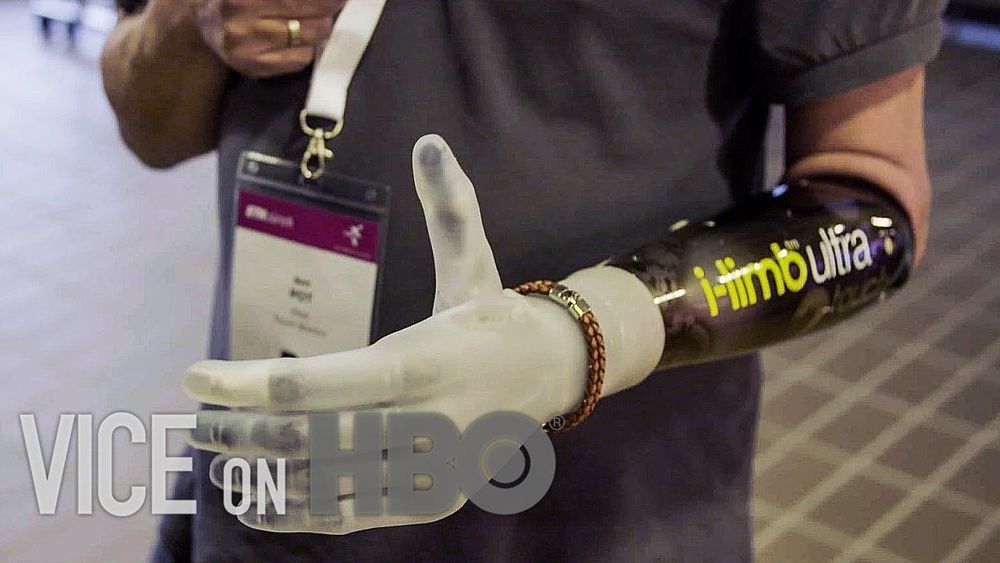Feb 27, 2020
The anti-aging protein Klotho is induced by GABA therapy and exerts protective and stimulatory effects on pancreatic beta cells
Posted by Quinn Sena in categories: biotech/medical, life extension, neuroscience
Systemic gamma-aminobutyric acid (GABA) therapy prevents or ameliorates type 1 diabetes (T1D), by suppressing autoimmune responses and stimulating pancreatic beta cells. In beta cells, it increases insulin secretion, prevents apoptosis, and induces regeneration. It is unclear how GABA mediates these effects. We hypothesized that Klotho is involved. It is a multi-functional protein expressed in the kidneys, brain, pancreatic beta cells, other tissues, and is cell-bound or soluble. Klotho knockout mice display accelerated aging, and in humans Klotho circulating levels decline with age, renal disease and diabetes. Here, we report that GABA markedly increased circulating levels of Klotho in streptozotocin (STZ)-induced diabetes. GABA also increased Klotho in the islet of Langerhans of normal mice, as well as the islets and kidneys of STZ-treated mice. In vitro, GABA stimulated production and secretion of Klotho by human islet cells. Knockdown (KD) of Klotho with siRNA in INS-1E insulinoma cells abrogated the protective effects of GABA against STZ toxicity. Following KD, soluble Klotho reversed the effects of Klotho deficiency. In human islet cells soluble Klotho protected against cell death, and stimulated proliferation and insulin secretion. NF-κB activation triggers beta-cell apoptosis, and both GABA and Klotho suppress this pathway. We found Klotho KD augmented NF-κB p65 expression, and abrogated the ability of GABA to block NF-κB activation. This is the first report that GABAergic stimulation increases Klotho expression. Klotho protected and stimulated beta cells and lack of Klotho (KD) was reversed by soluble Klotho. These findings have important implications for the treatment of T1D.
